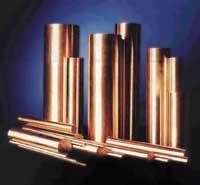How long do electrons live?
Text created by automatic translator Elia and has not been subsequently revised by translators. Elia Elhuyar
Gold, silver and copper are precious metals. But how long do electrons live in these metals?
This is one of the questions asked by the Department of Physics of Condensed Matter of Leioa. In fact, they seek theoretical models and formulas to describe the characteristics and behavior of noble metals. These theoretical calculations are of great importance since according to the results the new applications for these materials will be selected.
Periodic structure of metals
In gold, silver and all metals in general, atoms form a periodic net. Around this periodic network is the electron cloud, which is also dynamic. Electrons move and interact within this cloud.






